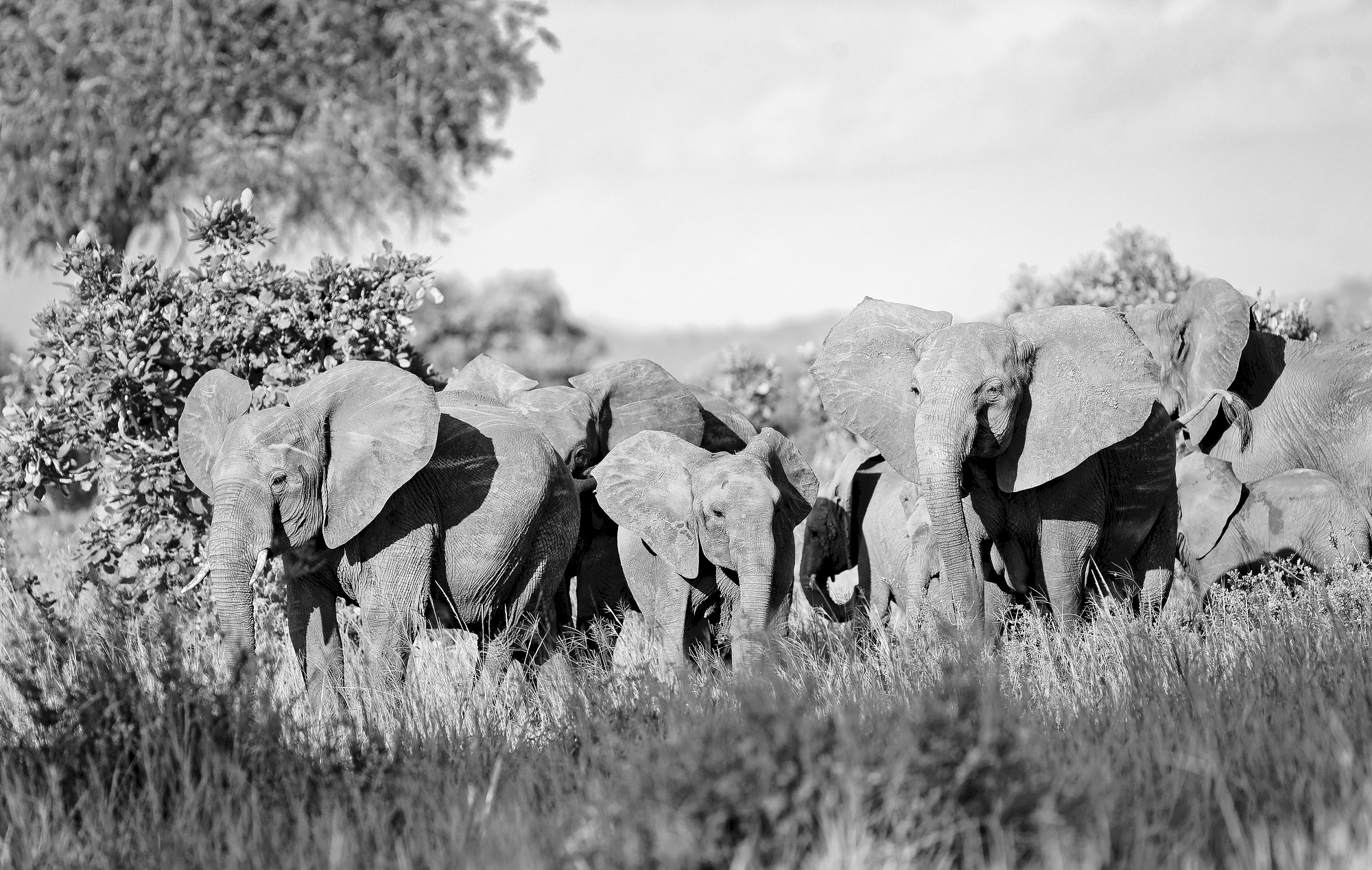
By CHRISTOPHER TORCHIA
Associated Press
MIKUMI NATIONAL PARK, Tanzania (AP) — The elephant keeled over in the tall grass in Tanzania, where some of the world’s worst poaching has occurred. It wasn’t killers who targeted her but conservation officials who shot her with a dart of drugs. Soon she was snoring. They slid on a 26-pound (12-kilogram) GPS tracking collar and injected an antidote, bringing her back to her feet.
The operation was part of a yearlong effort to track 60 elephants in and around Tanzania’s Selous Game Reserve, widely acknowledged as “ground zero” in the poaching that has decimated Africa’s elephants. The Associated Press went there to witness how the battle to save them is gaining momentum, with killings declining and some populations growing again. Legal ivory markets are shrinking worldwide and law enforcement has broken up some trafficking syndicates, experts say.
But it’s too early to declare a turnaround. Poachers are moving to new areas and traffickers are adapting, aided by corruption. The rate of annual elephant losses still exceeds the birth rate. And the encroachment of human settlements reduces the animals’ range. “We have a long way to go before we can feel comfortable about the future,” said Chris Thouless of Save the Elephants, a group based in Kenya, where elephant numbers are increasing. Britain this month announced a ban on ivory sales. In China, trade in ivory is illegal as of this year. In the U.S., a ban on ivory apart from items older than 100 years began in 2016.
If poaching can be brought under control in Tanzania, there is hope that the killing can be stemmed across Africa. The continent’s elephant population has plummeted from millions in 1900 to at least 415,000 today. A ban on commercial trade in ivory across international borders began in 1990, but many countries continue to allow domestic trade. Increased demand in China fueled a new wave of killings. Africa’s savanna elephant population declined by 30 percent between 2007 and 2014 to about 352,000, according to one census.
In Tanzania, the elephant population declined by 60 percent to 43,000 between 2009 and 2014, according to the government. Much of the slaughter occurred in the Selous-Mikumi ecosystem. The killings appear to have slowed. A count in Selous-Mikumi last year added up 23 carcasses, 20 percent of the number found four years earlier. And African elephant poaching has declined to pre-2008 levels after reaching a peak in 2011, according to the Convention on International Trade in Endangered Species.
It’s a positive trend, but there is speculation that many areas have fewer elephants to kill. “All the ‘easy’ elephants are dead,” said Drew McVey, East Africa manager for the WWF conservation group. In Tanzania’s Selous region, more newborn elephants are visible and elephants are moving more widely outside officially protected areas, said Edward Kohi, principal research officer with the Tanzania Wildlife Research Institute and leader of the WWF-funded GPS collaring program. Poaching of elephants will probably never be eradicated, Kohi acknowledged.
When gains against the illegal ivory trade are made in one area, killings intensify in another. And international seizures of smuggled ivory appear to be as large as ever, a possible sign of traffickers’ efforts to move stockpiles before business becomes too difficult. Another worrying development is evidence of increased processing of ivory into jewelry and trinkets within Africa, allowing traffickers to transport ivory in smaller, harder-to-detect quantities. Tanzania’s vast wilderness still offers hope for the world’s biggest land animal. In 50 to 100 years, Kohi said, “when the human population is skyrocketing, this will be one of the important areas for the conservation of elephants.”



















